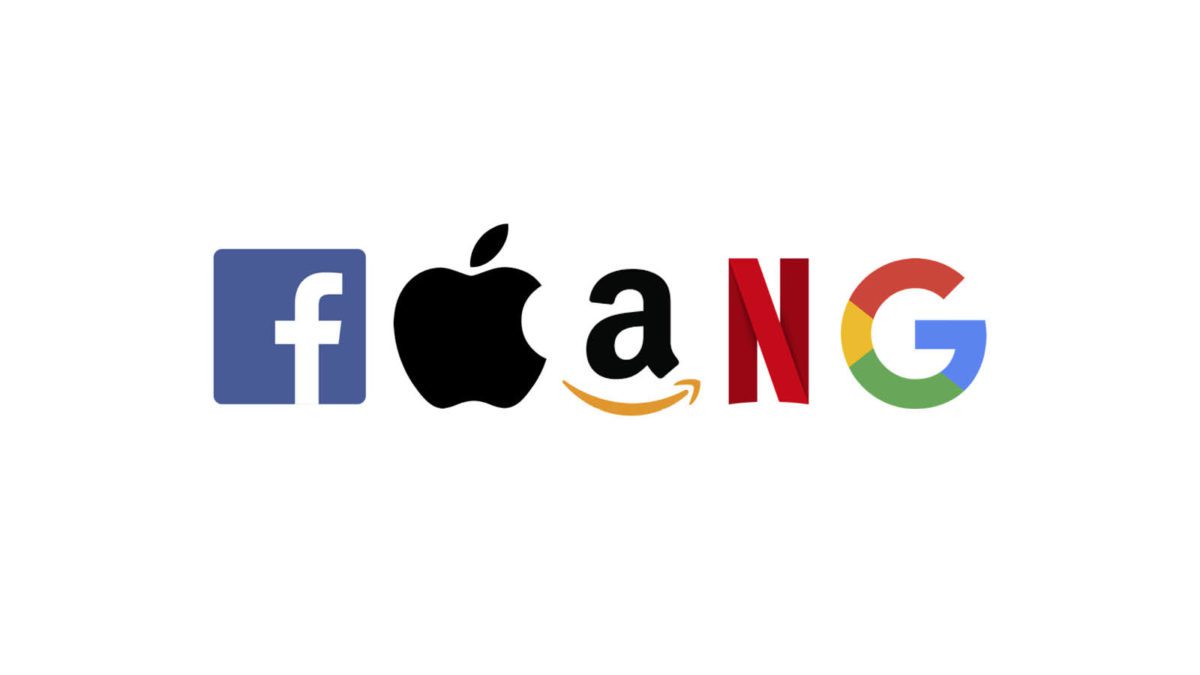Is big tech using their power to boost their share prices?
A new date has entered share market history – 9 March, 2020. This day gave us the worst one-day drop on US markets since the GFC-inspired crash of 2008, with a global pandemic and an oil price war between Saudi Arabia and Russia the dual triggers.
Since then, share markets globally have clawed back some of the losses, with investors (many of them both millennials and market virgins) picking through the corporate rubble to find the “winners” in a global pandemic. High on their list have been the Big Tech companies – such as Facebook, Apple, Amazon, Netflix, and Alphabet (formerly Google) – that fall under the umbrella of the appropriately named acronym FAANG. Microsoft should be included, but there goes our acronym.
It’s not just the FAANGs, of course. The US share market, in particular, is benefiting from the demand for technology stocks. These companies, comprising 25% of the bellwether US index, the S&P 500, are underpinning what appears to be an irrational investor response considering the global economic uncertainties created by the COVID-19 pandemic.
Analysts have no trouble explaining this phenomenon. The FAANGs are proving a magnet for advertising dollars, their markets are growing (earnings in 2021 are expected to be 40% higher as workers either lose their jobs or work from home), while online shopping has exploded. Investors are hoping none of this is likely to change dramatically, post-COVID.
This all makes sense. But could something else be happening, something far more Machiavellian?
What if companies are also supporting their share prices using their vast amount of data, machine learning, and AI to manipulate investors, especially young investors, to buy their scrip? Now, before consigning this conspiracy theory to the same basket as JFK’s assassination or the Moon landing, hear me out.
We are increasingly becoming aware of the power of the big data that trains the AI in our lives, and the ability of these companies to forecast our behaviour and exploit it to generate revenue. It has been brilliantly explained by Harvard academic Shoshana Zuboff in her book, The Age of Surveillance Capital, that details the impact on society, and the expanding capabilities, of these growing online behemoths.
In her book, she writes that surveillance capitalism works by providing services that billions of people “cheerfully use,” enabling the service providers to monitor and collect data on the users’ behaviour in amazing detail, and often without their explicit consent. “It unilaterally claims human experience as free raw material for translation into behavioural data. Although some of this data is applied to service improvement, the rest are declared as a proprietary behavioural surplus, fed into advanced manufacturing processes known as ‘machine intelligence,’ and fabricated into prediction products that anticipate what you will do now, soon, and later.”
This is fact, and there’s no shortage of evidence about how the use of data and AI can influence and manipulate people, from shopping, cultural, educational, and social activities, even to how they vote. All because they can anticipate what you will do now, soon, and later. These online companies know more about us than we probably know about ourselves: not only our likes and dislikes but our personalities, and even our emotional state.
Most people would be unaware of or indifferent to the pervasive influences of these companies. Yet their role was so evident in the 2016 US presidential election that there was an investigation into Facebook and Cambridge Analytica manipulating the outcome. The end result? Probably counterproductive, making them even more secretive about what they can do and what they know about us.
These companies know the power and return on investment their AI and data delivers. Despite all their pious declarations not to exploit this market power, it defies history to believe they will not do so. Within this paradigm, the suggestion that these companies would use their ability to predict and forecast human behaviour to drive their share prices isn’t that far-fetched.
Note, too, that one of the most interesting aspects of the market rally since 9 March has been millennial participation, many for the first time. And who are also the biggest users of social media and other online products? Millennials.
This does not mean a causal relationship between the two phenomena, but at the very least it’s an interesting coincidence, especially as this millennial investing splurge – the Robinhood syndrome as it’s known, after the commission free share-trading app – is focusing on these and other companies without the benefit of traditional broking and research advice.
Yet clearly some of them are getting advice, often on social media platforms, to invest in these stocks. In Australia, this has become so evident that even ASIC has raised its regulatory eyebrow to question the role of social media and the share trading it’s stimulating.
We are seeing big data and AI change society – for better or worse – and this will continue unfolding. Although there’s no shortage of literature about it, we still struggle to understand the influence these companies have on society and their ability to use their knowledge about us to boost profits and, perhaps, their share prices. What we do know is that companies never willingly surrender market share – and having buoyant share prices is important to ensuring this doesn’t happen.
Written by George Lucas, CEO and Managing Director, Raiz Invest









